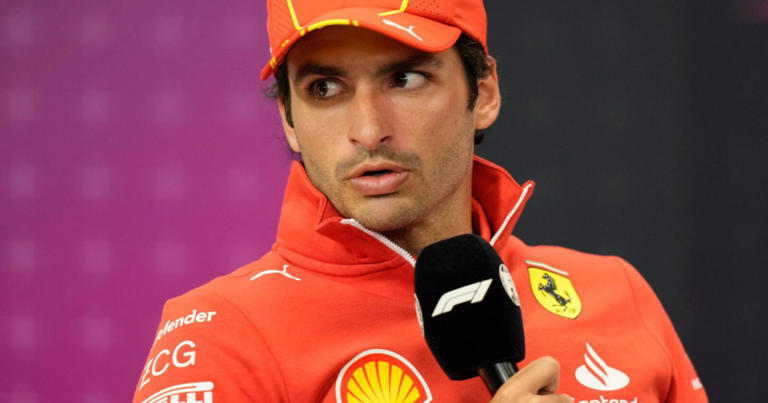
Why the FIA Got It All Wrong with Carlos Sainz Penalty for Smooth Operator

In a surprising turn of events that has left the Formula 1 community buzzing, Carlos Sainz penalty for smooth operator’ gone wrong has sparked a debate far and wide. The incident, which occurred at the Australian Grand Prix, has fans, drivers, and teams calling for reevaluating how penalties are assessed and applied. This article will explore why Carlos Sainz penalty for smooth operator has caused such an uproar and what it means for the future of officiating in the sport.
Carlos Sainz Penalty for Smooth Operator: A Misjudgment?
Carlos Sainz’s strongly-worded statement following the rejection of Ferrari’s request to review his Australian Grand Prix penalty has thrown a spotlight on the officiating standards within Formula 1. Given a five-second time penalty for an incident involving Fernando Alonso, the penalty’s aftermath saw Sainz dropping dramatically from fourth to 12th place, raising eyebrows about the proportionality and fairness of the decision.
The rejection of the review request, based on the argument that neither the car’s telemetry nor the statements provided by Sainz and Alonso constituted new evidence, has led to a widespread debate. This decision questions the review process and the consistency and transparency of the penalty system in F1.
The Inconsistency in F1’s Decision-Making Process
Ferrari’s attempt to challenge the penalty and the subsequent dismissal of their appeal highlights a more significant issue within Formula 1 – the consistency and clarity of the decision-making process. Sainz’s penalty, seen by many as overly harsh, especially given the chaotic nature of the restart and the usual leniency afforded to first-lap incidents, underscores the need to reevaluate how penalties are determined and reviewed.
The fact that no penalties were handed down for other collisions during the same restart, including the significant contact between Alpine teammates, has led to accusations of inconsistency. This discrepancy in how incidents are judged has fueled the argument for a more transparent, more uniform approach to officiating.
The Race’s View and Alonso’s Support
The debate over Sainz’s penalty isn’t just confined to the teams and drivers directly involved. It has prompted discussions among fans, analysts, and other drivers about the fairness and consistency of F1’s penalty system. The Race F1 Podcast’s post-Australian GP edition saw its writers questioning the harshness of the penalty, especially considering the conditions and precedents set by previous first-lap incidents.
Moreover, the unusual stance of Alonso, the ‘victim’ of the incident, arguing against the severity of the penalty imposed on Sainz brings an additional layer of complexity to the discussion. Alonso’s perspective, coming from a place of experience and understanding of racing dynamics, adds weight to the argument that the penalty may have been too severe.
Moving Forward: The Need for Officiating Improvements
Carlos Sainz’s call for improvements in Formula 1’s officiating standards is more than just a reaction to a personal setback; it’s a plea for the betterment of the sport. The consistency and decision-making process regarding penalties have been a topic of discussion for many seasons, and this incident has brought these issues to the forefront.
There’s a clear need for a more transparent, consistent, and fair process for the sake of the sport and its stakeholders. This involves the review system and how incidents are judged in real time. The goal should be to ensure that penalties are proportionate, justified, and applied uniformly across the board, respecting the spirit of competition and fairness.
Conclusion
The controversy surrounding Carlos Sainz penalty for the smooth operator at the Australian Grand Prix is more than a simple disagreement over a single decision. It indicates broader issues within Formula 1’s officiating system that need addressing. As the sport continues to evolve, so must the processes that govern it, ensuring that it remains fair, competitive, and enjoyable for everyone involved. For Carlos Sainz, the incident at Melbourne may be frustrating, but it also catalyzes a necessary conversation about the future of officiating in Formula 1.
More in Formula 1
-
`
Memphis Point Guard Ja Morant is the Funniest NBA Player!
Ja Morant, 25, is not just one of the most electrifying players in the NBA. He is also one of the...
April 11, 2025 -
`
UFC Champion Deiveson Figueiredo Reveals His Career-defining Fights
UFC Macau has hosted some unforgettable bouts, and Deiveson Figueiredo’s battles in the Octagon remain etched in MMA history. Known for...
April 6, 2025 -
`
Flamboyant Formula One Boss Eddie Jordan Dies Aged 76
Eddie Jordan, the outspoken, wild-hearted Formula One team boss, has died at 76. Known for his sharp wit, bright shirts, and...
April 4, 2025 -
`
Top 5 NBA Trades That Could Create New Title Contenders
The NBA landscape is always buzzing with excitement, and the upcoming season is no different. While the Boston Celtics currently dominate...
April 4, 2025 -
`
Master the Art of Defense With These 5 Essential Boxing Guards
Boxing is a sport that combines raw power, strategic acumen, and graceful agility. Often referred to as the “Sweet Science,” it...
March 25, 2025 -
`
LeBron James, 40, Adds Yet Another Record to His Legendary NBA Career
If it is another night for the GOAT, it is surely another milestone for LeBron James. At 40 years old, he...
March 21, 2025 -
`
The Most Spectacular Goals in Premier League History
The Premier League, widely regarded as one of the world’s most competitive and prestigious football leagues, has witnessed some truly iconic...
March 20, 2025 -
`
Best Wide Receivers in the History of Houston Texans
Since Texans’ debut in 2002, the team has worked hard on the field to get some serious firepower and introduced four...
March 15, 2025 -
`
Ferrari Sets Eyes on F1 Title With New 2025 Car
Ferrari has pulled the covers off their 2025 F1 challenger, the SF-25, and it is nothing short of breathtaking. The unveiling...
February 28, 2025

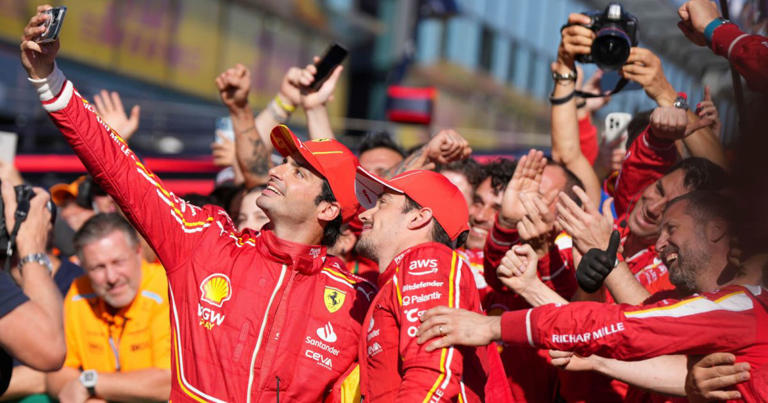
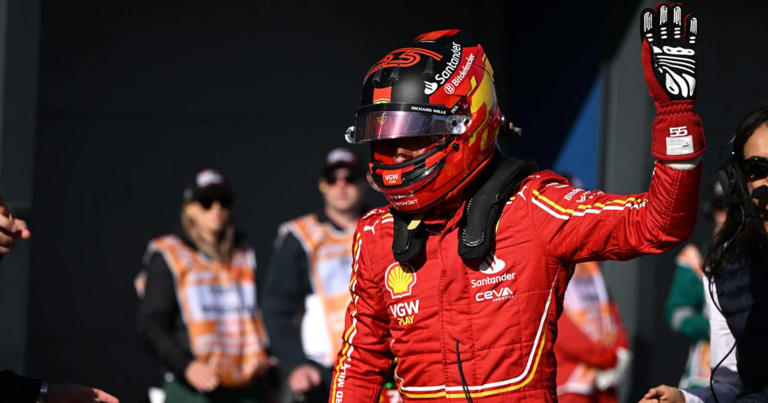






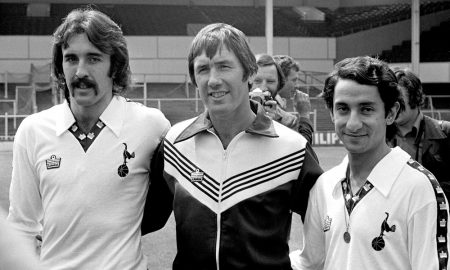

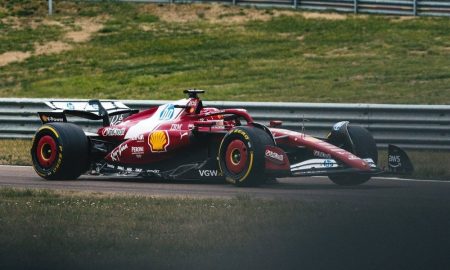


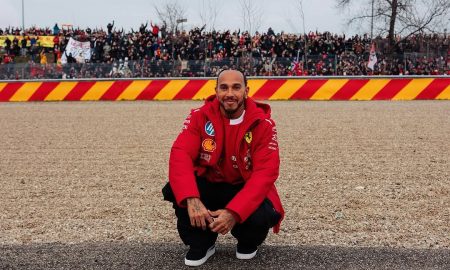


You must be logged in to post a comment Login